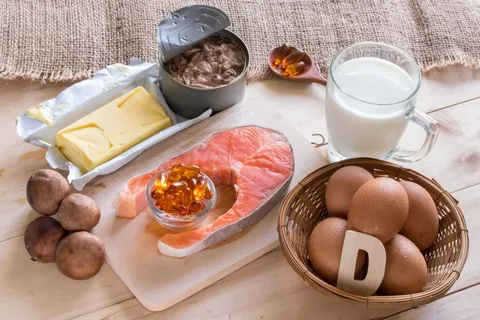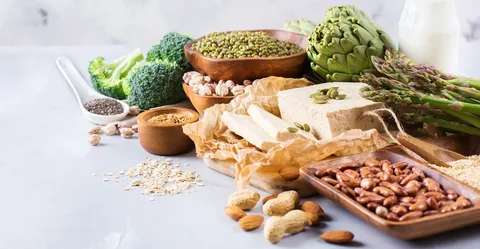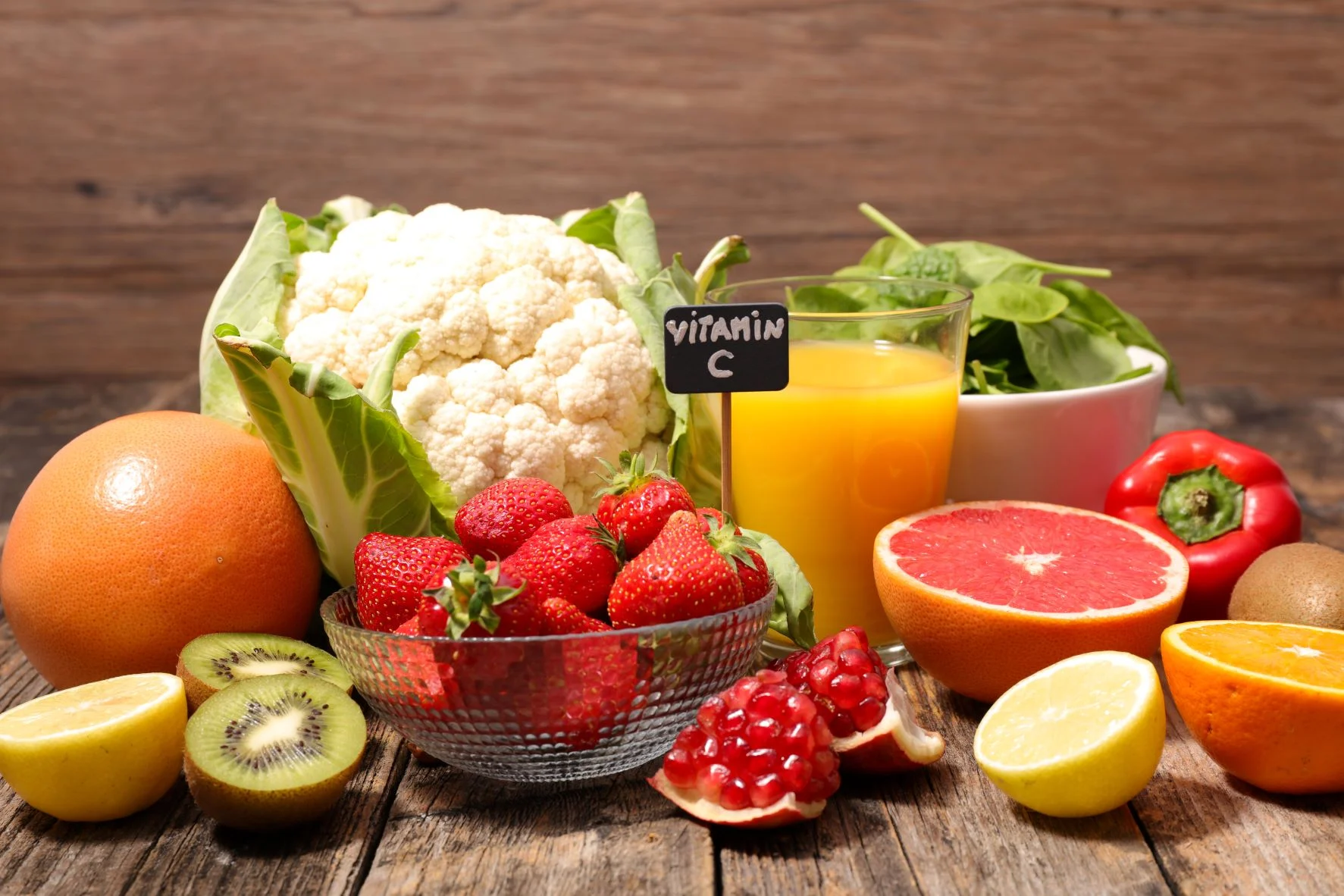Vitamin D, often referred to as the “sunshine vitamin,” is essential for various bodily functions, particularly for maintaining healthy bones and a robust immune system. While sunlight is a primary source, fortified foods are an excellent way to ensure you meet your daily vitamin D needs, especially when sunlight exposure is limited. This guide will explore the importance of vitamin D, how fortified foods can help, and practical tips for incorporating these foods into your diet.
Understanding Vitamin D
What is Vitamin D?
Vitamin D is a fat-soluble vitamin that plays a critical role in calcium absorption, bone health, and immune function. There are two main forms of vitamin D: D2 (ergocalciferol) and D3 (cholecalciferol). Vitamin D3 is more effective at raising blood levels of vitamin D and is the form commonly added to fortified foods.
Why is Vitamin D Important?
Vitamin D is crucial for several reasons:
- Bone Health: It helps in the absorption of calcium and phosphorus, essential minerals for bone formation and maintenance.
- Immune Function: Vitamin D supports the immune system, enhancing the pathogen-fighting effects of monocytes and macrophages.
- Mood Regulation: Adequate levels of vitamin D have been linked to mood improvement and a lower risk of depression.
- Chronic Disease Prevention: Research suggests that vitamin D may play a role in reducing the risk of certain chronic diseases, including cardiovascular disease and some cancers.
Recommended Daily Intake
The recommended daily intake of vitamin D varies based on age, sex, and life stage. For most adults, 600-800 IU (15-20 micrograms) per day is recommended. However, some individuals may require higher amounts, especially those with limited sun exposure or specific health conditions.
Sources of Vitamin D
Sunlight
Exposure to sunlight triggers the synthesis of vitamin D in the skin. However, factors such as geographic location, skin color, sunscreen use, and lifestyle can significantly impact the amount of vitamin D produced from sunlight.
Natural Food Sources
While few foods naturally contain significant amounts of vitamin D, some options include:
- Fatty fish (e.g., salmon, mackerel, sardines)
- Beef liver
- Egg yolks
- Cheese
Fortified Foods
Fortified foods are foods that have vitamins, minerals, or other nutrients added to them that are not naturally present. They are a vital source of vitamin D, especially for those who do not get enough from sunlight or natural food sources.
How Fortified Foods Help
The Role of Fortification
Fortification involves adding nutrients to foods to prevent or correct a nutritional deficiency or balance the nutrient profile of a diet. Vitamin D fortification has been instrumental in preventing rickets and other bone-related conditions.
Commonly Fortified Foods
Several foods are commonly fortified with vitamin D, making it easier to meet your daily requirements:
- Milk and Dairy Products: Many dairy products, including milk, cheese, and yogurt, are fortified with vitamin D.
- Plant-Based Milk Alternatives: Soy, almond, oat, and other plant-based milks often have added vitamin D.
- Breakfast Cereals: Many breakfast cereals are fortified with vitamin D and other essential nutrients.
- Orange Juice: Some brands of orange juice are fortified with vitamin D.
- Margarine and Butter: These spreads are often fortified with vitamin D.
- Infant Formula: Most infant formulas are fortified with vitamin D to support the growth and development of babies.
Incorporating Fortified Foods into Your Diet
Reading Labels
When selecting fortified foods, it’s essential to read the labels carefully. Look for products that explicitly state they are fortified with vitamin D and check the amount per serving to ensure you’re getting an adequate dose.
Planning Balanced Meals
Incorporate fortified foods into balanced meals to maximize their benefits. For example:
- Breakfast: Start your day with a bowl of fortified cereal and milk or a smoothie made with fortified plant-based milk.
- Lunch: Include a sandwich with fortified margarine and a glass of fortified orange juice.
- Dinner: Add cheese to your meals or have a dessert made with fortified dairy products.
Cooking with Fortified Foods
Using fortified ingredients in your cooking can help increase your vitamin D intake:
- Baking: Use fortified milk or plant-based milk in your baking recipes.
- Soups and Sauces: Add fortified milk or cream to soups and sauces.
- Smoothies: Blend fortified yogurt or milk into your smoothies for an extra boost.
Special Considerations
Dietary Restrictions
For those with dietary restrictions, such as lactose intolerance or a vegan diet, plant-based fortified foods like almond milk, soy milk, and fortified cereals are excellent alternatives.
Supplementation
While fortified foods can help you meet your vitamin D needs, some individuals may still require supplements, especially those with higher needs or limited access to fortified foods.
Consulting Healthcare Professionals
It’s essential to consult with a healthcare provider before making significant changes to your diet or starting supplements, particularly if you have underlying health conditions or are pregnant or breastfeeding.
Frequently Asked Questions
What are the best sources of fortified vitamin D?
The best sources of fortified vitamin D include fortified milk and dairy products, plant-based milk alternatives, breakfast cereals, orange juice, margarine, and infant formula. These foods are commonly available and easy to incorporate into your diet.
How can I ensure I’m getting enough vitamin D from fortified foods?
To ensure you’re getting enough vitamin D from fortified foods, read labels to check the vitamin D content per serving, and include a variety of fortified foods in your daily diet. Planning balanced meals that incorporate these foods can help you meet your daily requirements.
Are there any risks associated with consuming fortified foods?
Consuming fortified foods as part of a balanced diet is generally safe and beneficial. However, excessive intake of vitamin D can lead to toxicity, causing symptoms such as nausea, vomiting, weakness, and serious complications like kidney damage. It’s important to follow recommended guidelines and consult with a healthcare provider if you’re concerned about your vitamin D intake.
Can fortified foods replace sunlight exposure for vitamin D?
While fortified foods are an excellent way to boost your vitamin D intake, they may not entirely replace the need for sunlight exposure. Sunlight is a natural and efficient source of vitamin D. A combination of safe sun exposure, fortified foods, and supplements (if necessary) is often the best approach.
Is vitamin D2 or D3 better in fortified foods?
Vitamin D3 (cholecalciferol) is generally considered more effective at raising and maintaining adequate vitamin D levels in the blood compared to vitamin D2 (ergocalciferol). Many fortified foods use vitamin D3 for this reason.
How much fortified food do I need to eat to meet my daily vitamin D requirements?
The amount of fortified food needed to meet daily vitamin D requirements depends on the vitamin D content of the food and individual needs. For example, if a serving of fortified milk contains 100 IU of vitamin D, you would need 6-8 servings to meet a 600-800 IU daily requirement. It’s essential to read labels and plan your diet accordingly.
Can children benefit from fortified foods?
Yes, children can benefit significantly from fortified foods, especially in preventing conditions like rickets and supporting overall growth and development. Many infant formulas and children’s foods are fortified with vitamin D to ensure adequate intake.
Are there any fortified foods suitable for vegans?
There are several fortified foods suitable for vegans, including fortified plant-based milks (e.g., soy, almond, oat), fortified cereals, and some brands of orange juice and margarine. Always check labels to ensure the products meet vegan standards.
How does cooking affect the vitamin D content in fortified foods?
Vitamin D is relatively stable during cooking, meaning that most of the vitamin D content is retained even when fortified foods are cooked. However, it’s still important to use a variety of preparation methods to ensure a balanced diet.
What should I do if I have trouble absorbing vitamin D from fortified foods?
If you have trouble absorbing vitamin D from fortified foods, consult with a healthcare provider. They may recommend supplements or investigate underlying conditions that could affect absorption, such as celiac disease, Crohn’s disease, or certain medications.
Conclusion
Getting more vitamin D from fortified foods is a practical and effective way to ensure adequate intake, especially when sunlight exposure is limited. By understanding the importance of vitamin D, recognizing common fortified foods, and incorporating them into your diet, you can support your bone health, immune function, and overall well-being. Always consult with healthcare professionals to tailor your vitamin D intake to your specific needs and circumstances.K
- Profhilo Treatment Near Shackleford, Surrey - June 2, 2025
- What Is Toxic Positivity And How It Affects Relationships - June 2, 2025
- What Is A Preauricular Incision? - June 1, 2025



